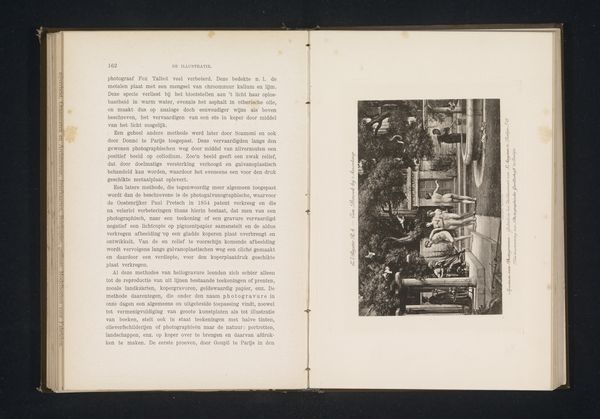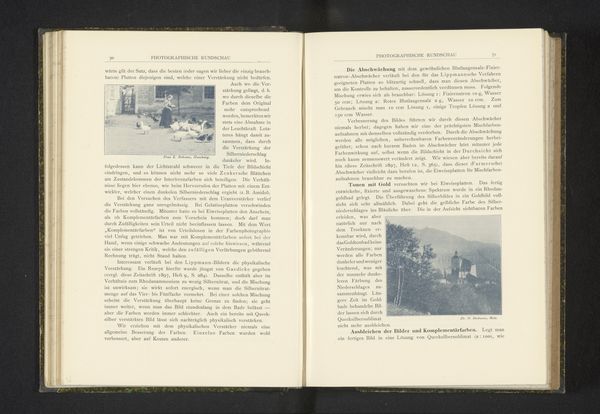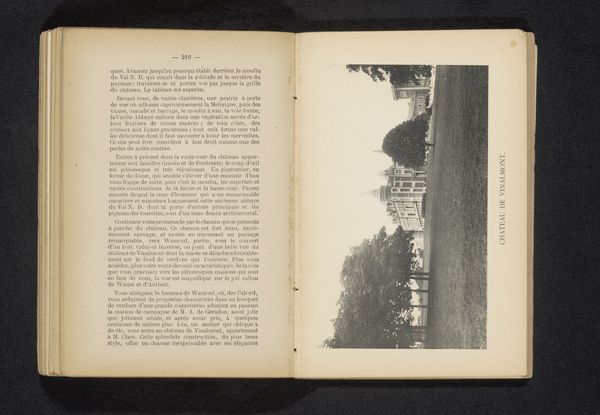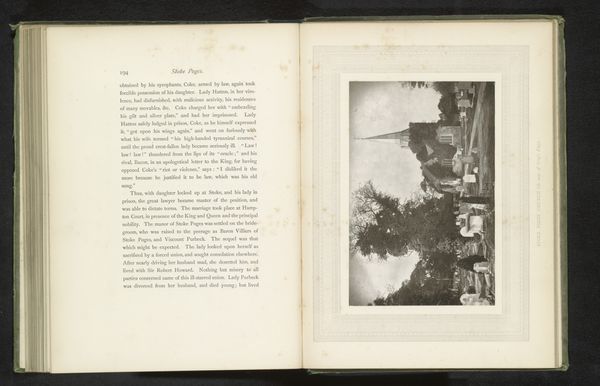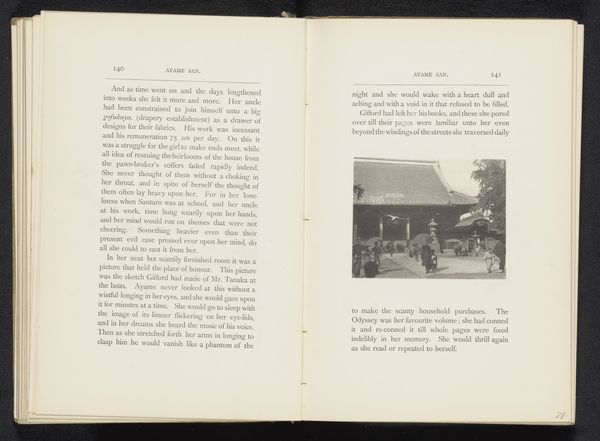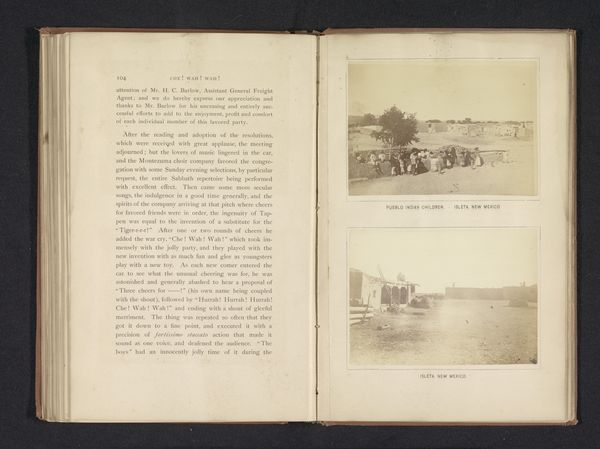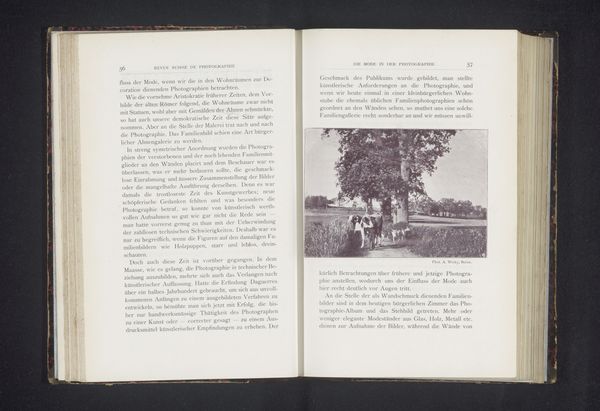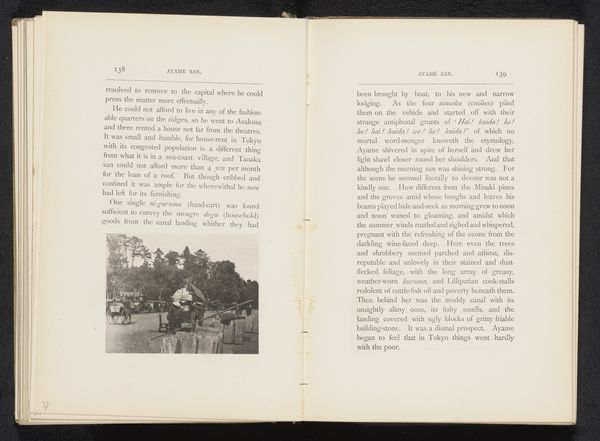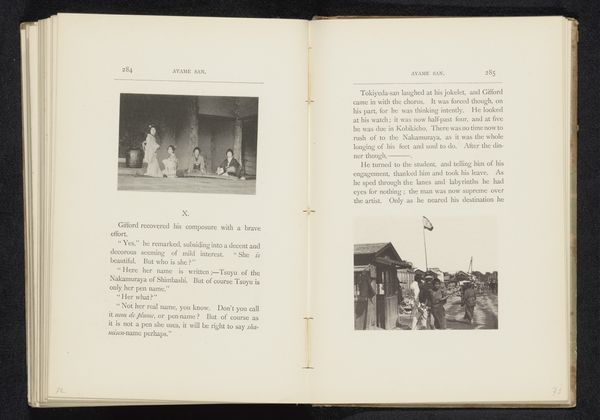
print, photography, gelatin-silver-print
# print
#
landscape
#
photography
#
orientalism
#
gelatin-silver-print
#
building
Dimensions: height 67 mm, width 79 mm
Copyright: Rijks Museum: Open Domain
Curator: This albumen silver print, titled “Gezicht op de Kokyo te Tokyo," dating to before 1892, by William Kinnimond Burton, depicts an important landmark in Japan. As an albumen print, it reflects Victorian processes of photographic image production and their connection to wider global consumption. Editor: The photograph, printed on this textured paper, creates such a contrast to the hardness of the fortress walls. I am curious, what stands out to you in this piece? Curator: Well, what's compelling is not only what's in the image, but *how* it's made and consumed. Burton, a Scottish engineer, found work as a government advisor on sanitation in Japan. Editor: Sanitation and Photography? I thought he would be focused on just Photography because of this particular photograph. Curator: Exactly! His photography was born out of and supported by, this position of labour, not just pure artistic intention. It offered views of a rapidly industrializing Meiji-era Japan to an eager Western audience back home, so the print represents resources that can be translated for cultural curiosity in consumption practices. It raises important questions about the means of production, and distribution of such images that formed an idea of Japan during this period. The labor behind sanitation work versus photography, is telling here. Editor: I never thought about photographs being tied so closely to economics or manual work. Curator: Photography required technical expertise but also material support for him to succeed. We are talking about gelatin-silver-print processes where social dynamics can be considered and explored. Editor: Now I see that the photograph is more than just an aesthetic picture; it’s an intersection of the labour put in by Burton with that period. Curator: Absolutely, and hopefully we are going beyond just looking to thinking about who benefits, at what cost and the production practices when interpreting the photograph itself!
Comments
No comments
Be the first to comment and join the conversation on the ultimate creative platform.

